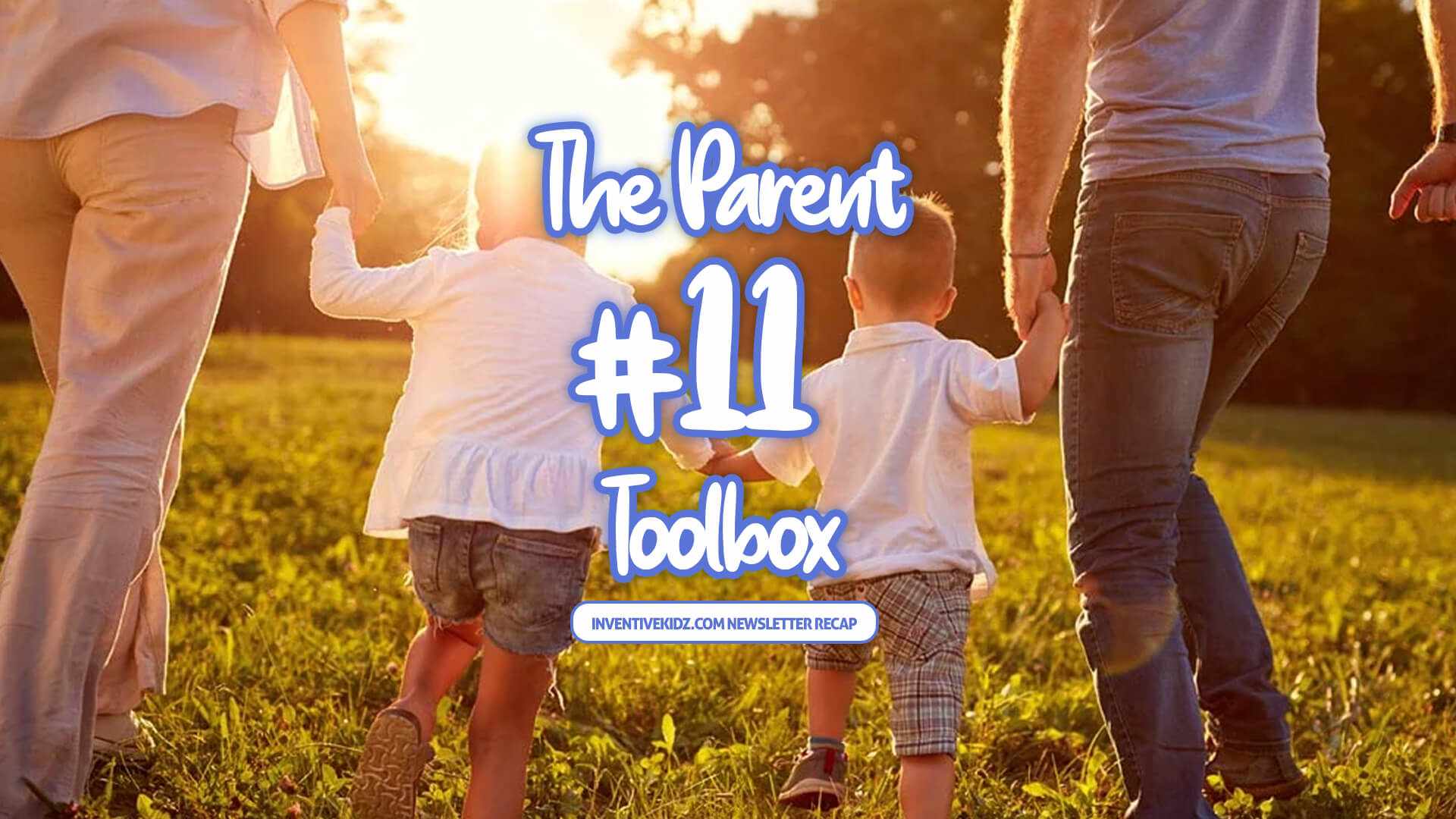Third and Fourth Years of Life: Potty Training Timing and Key Tips


Third and Fourth Years of Life: Potty Training Timing and Key Tips
 By Inventive Minds Kidz Academy
By Inventive Minds Kidz Academy
 Added Thu, Mar 06 2025
Added Thu, Mar 06 2025
 By Inventive Minds Kidz Academy
By Inventive Minds Kidz Academy
Added Thu, Mar 06 2025
Hey, Thanks For Subscribing!
Please check for a confirmation message and ensure you add us to a safe email list.
If you don't see a message in the next five minutes, check your spam or junk folders and mark our emails safe for next time.
See you soon!
Duplicate Email Found!
Well this is embarrassing... It looks like is already registered.
We have just sent an email to that address with a link to manage the subscription with us. If you don't see a message in the next five minutes, check the spam or junk folders, it's definitely there.
See you soon!
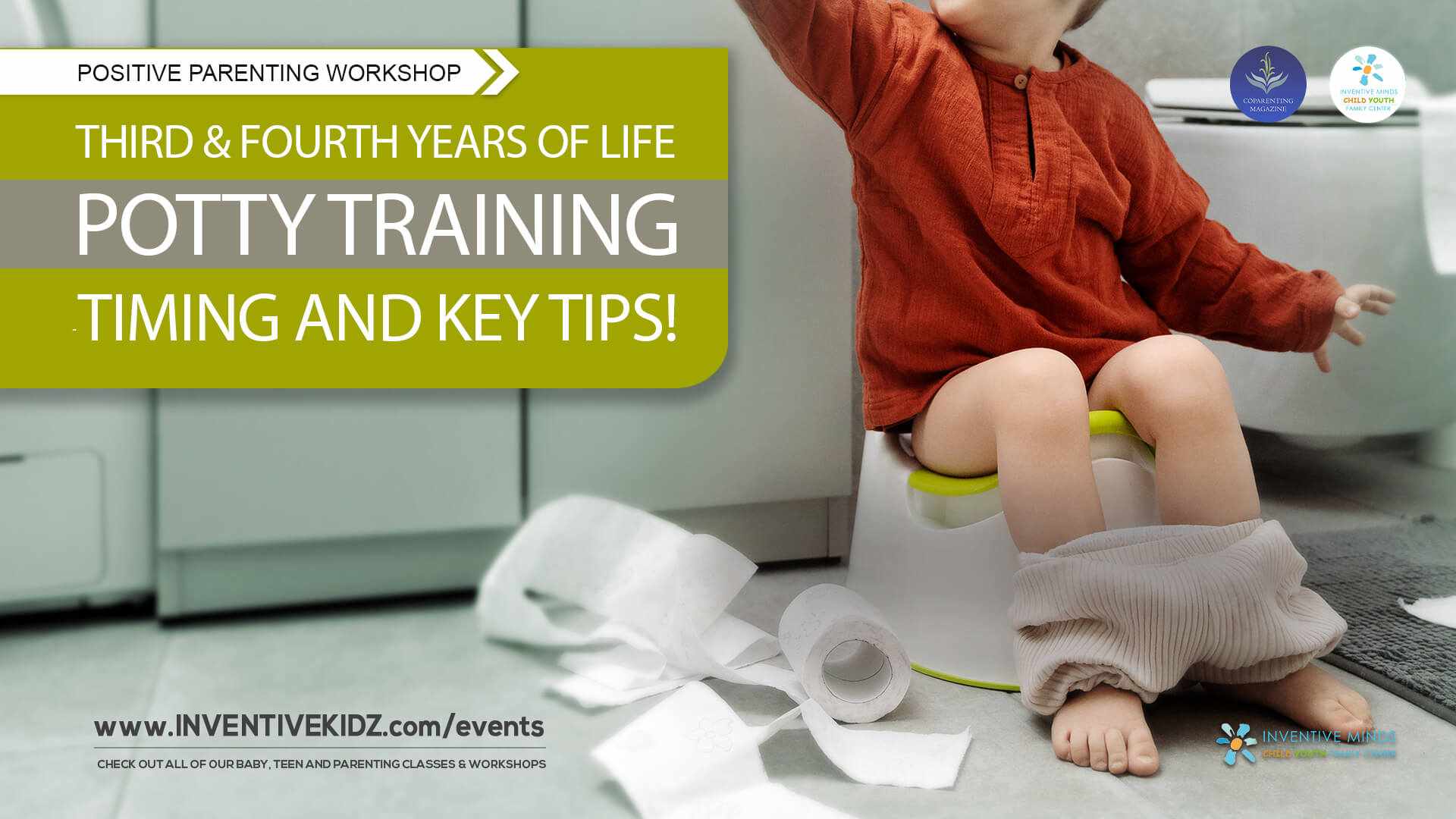
Toilet training, or potty training, is a significant developmental milestone in a child's early years, requiring a balance of patience, timing, and effective techniques. Successful toilet training depends more on a child's readiness than a specific age. According to the Nelson Textbook of Pediatrics, "the acquisition of bladder and bowel control is a gradual process that depends on the maturation of neural pathways and behavioral conditioning."
Understanding when and how to start, along with addressing common challenges, can help ensure a smoother transition for both parents and children.
In this article, we will first discuss the signs that indicate a child is ready to begin potty training. Next, we will explore how caregivers can initiate the process and review common approaches to potty training. Finally, we will address typical challenges and provide practical solutions.
1. Understanding Child Readiness for Potty Training and How to Begin
Every child develops at their own pace, making it essential to recognize signs of readiness rather than relying solely on age. While most children begin potty training between the ages of 2 and 3, some may start as early as 18 months, while others may not be ready until after their third birthday. According to the Nelson Textbook of Pediatrics, "children achieve daytime urinary control before nighttime control, with most attaining bowel control first."
Signs of readiness include staying dry for at least two hours, showing awareness of bladder and bowel movements, expressing discomfort with wet or soiled diapers, and following simple instructions. A child who shows interest in using the toilet or imitates adult bathroom behavior is also demonstrating signs of readiness.
It's important to note that certain medical or developmental conditions may delay potty training. Children with constipation, urinary tract infections, or neurodevelopmental disorders such as autism or ADHD may require specialized approaches. The Nelson Textbook of Pediatrics highlights that "children with developmental delays may require individualized training plans tailored to their specific needs." Parents should work closely with healthcare providers to develop a suitable training strategy.
Creating a positive and supportive environment is key to a successful potty training experience. Introducing a child-sized potty chair or a seat reducer for the toilet can help the child feel more comfortable. Start by allowing them to sit on the potty fully clothed to familiarize themselves with it. Gradually, encourage them to sit on it after meals or when showing signs of needing to go. Consistent praise and encouragement can reinforce positive behavior.
Establishing a routine is crucial. Taking your child to the potty at regular intervals—such as after waking up, before naps, and after meals—helps build consistency. Reading potty training books or using dolls for role-playing can make the process more engaging. Most importantly, patience is essential—avoid pressuring your child, and allow them to progress at their own pace.
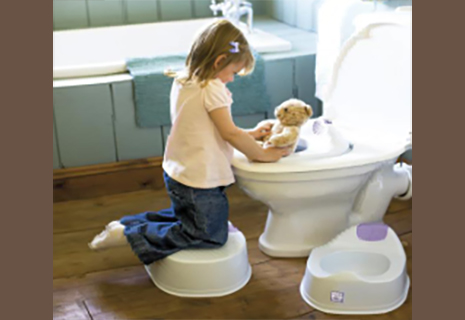
2. Methods of Potty Training
There are several effective potty training methods, each catering to different parenting styles and a child’s unique needs. Choosing the right approach depends on your child's readiness and personality.
Child-Led Approach
This method encourages the child to take the lead in their potty training journey without pressure. Parents provide a supportive environment by making potty chairs accessible and using gentle reinforcement. Observing cues like squirming or holding their diaper can signal when to suggest trying the potty. If the child resists, they should not be forced but encouraged to try again later at their own pace.
Scheduled Training
In this structured approach, parents take the child to the toilet at regular intervals (e.g., every two hours) to establish a routine. Even if the child does not feel the urge to go, encouraging them to sit on the potty helps create a habit. Consistency is key—praise and encouragement for simply sitting on the potty reinforce the behavior. Over time, children learn to associate these routine trips with their body’s natural signals.
The Three-Day Method
This intensive approach requires dedicated time and consistency. The child wears underwear instead of diapers and is reminded frequently to use the potty. Parents should encourage their child to sit on the toilet often, especially after meals and before bedtime. Accidents are expected, and it is essential to remain calm and use positive reinforcement. This method is most effective when parents can commit three consecutive days to focus entirely on training.
The Nelson Textbook of Pediatrics emphasizes the importance of positive reinforcement, stating that "punishment or shaming a child for accidents can lead to resistance and prolonged difficulties in toilet training." Instead, parents should use praise, stickers, or small rewards to encourage successful attempts, making the process a positive experience for their child.
Common Challenges in Potty Training
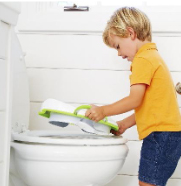
Potty training is not always a smooth journey, and many children experience setbacks or resistance. Understanding common challenges and how to address them can make the process easier for both parents and children.
Fear of the Toilet
Some children may be afraid of the toilet due to its size, the noise it makes, or past negative experiences. Introducing a child-friendly potty chair and allowing them to observe others using the toilet can help ease their fears.
Resistance to Training
A child may refuse to use the toilet as a way to assert control. Avoiding power struggles and allowing breaks from training if needed can prevent frustration. Encouraging independence and making potty time a positive experience can also reduce resistance.
Constipation and Painful Bowel Movements
Fear of painful bowel movements can lead to withholding behaviors. According to the Nelson Textbook of Pediatrics, "constipation can be both a cause and consequence of difficulties in toilet training." Ensuring your child has a fiber-rich diet, adequate hydration, and regular bathroom breaks can help prevent discomfort and encourage healthy habits.
Regression
Stress, changes in routine, or the arrival of a new sibling can sometimes cause a child to revert to old habits. Providing reassurance and maintaining a consistent approach can help them get back on track. Patience and understanding are key during these temporary setbacks.
Nighttime Control
Achieving nighttime dryness typically takes longer than daytime training. Many children continue to wet the bed occasionally until they are between 5-7 years old. The Nelson Textbook of Pediatrics states, "nocturnal enuresis is common and does not indicate failure in toilet training." Parents can help by limiting fluids before bedtime and ensuring their child uses the toilet before sleeping. If nighttime accidents persist beyond age seven or if frequent daytime accidents occur after successful training, consulting a pediatrician may be necessary to rule out underlying medical concerns.
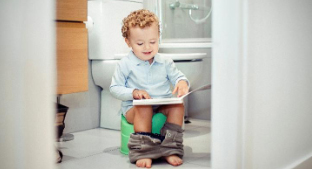
Parental Support and Consistency
Parental support and consistency are crucial for successful potty training. Creating a stress-free environment and avoiding punitive measures can make the process smoother. According to the Nelson Textbook of Pediatrics, "children learn best through encouragement and modeling rather than through coercion." Using books, songs, and games related to potty training can make learning more engaging and enjoyable.
It is also essential for caregivers and daycare providers to maintain a consistent approach across different settings. Consistency helps prevent confusion and reinforces positive habits, making the transition easier for the child.
References
- Nelson Textbook of Pediatrics, 22nd Edition
- American Academy of Pediatrics – Toilet Training
- National Center for Biotechnology Information – Toilet Training
Toilet training, or potty training, is a significant developmental milestone in a child's early years, requiring a balance of patience, timing, and effective techniques. Successful toilet training depends more on a child's readiness than a specific age. According to the Nelson Textbook of Pediatrics, "the acquisition of bladder and bowel control is a gradual process that depends on the maturation of neural pathways and behavioral conditioning."
Understanding when and how to start, along with addressing common challenges, can help ensure a smoother transition for both parents and children.
In this article, we will first discuss the signs that indicate a child is ready to begin potty training. Next, we will explore how caregivers can initiate the process and review common approaches to potty training. Finally, we will address typical challenges and provide practical solutions.
1. Understanding Child Readiness for Potty Training and How to Begin
Every child develops at their own pace, making it essential to recognize signs of readiness rather than relying solely on age. While most children begin potty training between the ages of 2 and 3, some may start as early as 18 months, while others may not be ready until after their third birthday. According to the Nelson Textbook of Pediatrics, "children achieve daytime urinary control before nighttime control, with most attaining bowel control first."
Signs of readiness include staying dry for at least two hours, showing awareness of bladder and bowel movements, expressing discomfort with wet or soiled diapers, and following simple instructions. A child who shows interest in using the toilet or imitates adult bathroom behavior is also demonstrating signs of readiness.
It's important to note that certain medical or developmental conditions may delay potty training. Children with constipation, urinary tract infections, or neurodevelopmental disorders such as autism or ADHD may require specialized approaches. The Nelson Textbook of Pediatrics highlights that "children with developmental delays may require individualized training plans tailored to their specific needs." Parents should work closely with healthcare providers to develop a suitable training strategy.
Creating a positive and supportive environment is key to a successful potty training experience. Introducing a child-sized potty chair or a seat reducer for the toilet can help the child feel more comfortable. Start by allowing them to sit on the potty fully clothed to familiarize themselves with it. Gradually, encourage them to sit on it after meals or when showing signs of needing to go. Consistent praise and encouragement can reinforce positive behavior.
Establishing a routine is crucial. Taking your child to the potty at regular intervals—such as after waking up, before naps, and after meals—helps build consistency. Reading potty training books or using dolls for role-playing can make the process more engaging. Most importantly, patience is essential—avoid pressuring your child, and allow them to progress at their own pace.

2. Methods of Potty Training
There are several effective potty training methods, each catering to different parenting styles and a child’s unique needs. Choosing the right approach depends on your child's readiness and personality.
Child-Led Approach
This method encourages the child to take the lead in their potty training journey without pressure. Parents provide a supportive environment by making potty chairs accessible and using gentle reinforcement. Observing cues like squirming or holding their diaper can signal when to suggest trying the potty. If the child resists, they should not be forced but encouraged to try again later at their own pace.
Scheduled Training
In this structured approach, parents take the child to the toilet at regular intervals (e.g., every two hours) to establish a routine. Even if the child does not feel the urge to go, encouraging them to sit on the potty helps create a habit. Consistency is key—praise and encouragement for simply sitting on the potty reinforce the behavior. Over time, children learn to associate these routine trips with their body’s natural signals.
The Three-Day Method
This intensive approach requires dedicated time and consistency. The child wears underwear instead of diapers and is reminded frequently to use the potty. Parents should encourage their child to sit on the toilet often, especially after meals and before bedtime. Accidents are expected, and it is essential to remain calm and use positive reinforcement. This method is most effective when parents can commit three consecutive days to focus entirely on training.
The Nelson Textbook of Pediatrics emphasizes the importance of positive reinforcement, stating that "punishment or shaming a child for accidents can lead to resistance and prolonged difficulties in toilet training." Instead, parents should use praise, stickers, or small rewards to encourage successful attempts, making the process a positive experience for their child.
Common Challenges in Potty Training

Potty training is not always a smooth journey, and many children experience setbacks or resistance. Understanding common challenges and how to address them can make the process easier for both parents and children.
Fear of the Toilet
Some children may be afraid of the toilet due to its size, the noise it makes, or past negative experiences. Introducing a child-friendly potty chair and allowing them to observe others using the toilet can help ease their fears.
Resistance to Training
A child may refuse to use the toilet as a way to assert control. Avoiding power struggles and allowing breaks from training if needed can prevent frustration. Encouraging independence and making potty time a positive experience can also reduce resistance.
Constipation and Painful Bowel Movements
Fear of painful bowel movements can lead to withholding behaviors. According to the Nelson Textbook of Pediatrics, "constipation can be both a cause and consequence of difficulties in toilet training." Ensuring your child has a fiber-rich diet, adequate hydration, and regular bathroom breaks can help prevent discomfort and encourage healthy habits.
Regression
Stress, changes in routine, or the arrival of a new sibling can sometimes cause a child to revert to old habits. Providing reassurance and maintaining a consistent approach can help them get back on track. Patience and understanding are key during these temporary setbacks.
Nighttime Control
Achieving nighttime dryness typically takes longer than daytime training. Many children continue to wet the bed occasionally until they are between 5-7 years old. The Nelson Textbook of Pediatrics states, "nocturnal enuresis is common and does not indicate failure in toilet training." Parents can help by limiting fluids before bedtime and ensuring their child uses the toilet before sleeping. If nighttime accidents persist beyond age seven or if frequent daytime accidents occur after successful training, consulting a pediatrician may be necessary to rule out underlying medical concerns.

Parental Support and Consistency
Parental support and consistency are crucial for successful potty training. Creating a stress-free environment and avoiding punitive measures can make the process smoother. According to the Nelson Textbook of Pediatrics, "children learn best through encouragement and modeling rather than through coercion." Using books, songs, and games related to potty training can make learning more engaging and enjoyable.
It is also essential for caregivers and daycare providers to maintain a consistent approach across different settings. Consistency helps prevent confusion and reinforces positive habits, making the transition easier for the child.
References
- Nelson Textbook of Pediatrics, 22nd Edition
- American Academy of Pediatrics – Toilet Training
- National Center for Biotechnology Information – Toilet Training
Most Talked About Posts
You May Also Like
Staff Picks
Now Trending
Our Newsletter
Duplicate Email Found!
Well this is embarrassing... It looks like is already registered.
We have just sent an email to that address with a link to manage the subscription with us. If you don't see a message in the next five minutes, check the spam or junk folders, it's definitely there.
See you soon!
Join Our Newsletter
Hey, Thanks For Subscribing!
Please check for a confirmation message and ensure you add us to a safe email list.
If you don't see a message in the next five minutes, check your spam or junk folders and mark our emails safe for next time.
See you soon!
Duplicate Email Found!
Well this is embarrassing... It looks like is already registered.
We have just sent an email to that address with a link to manage the subscription with us. If you don't see a message in the next five minutes, check the spam or junk folders, it's definitely there.
See you soon!




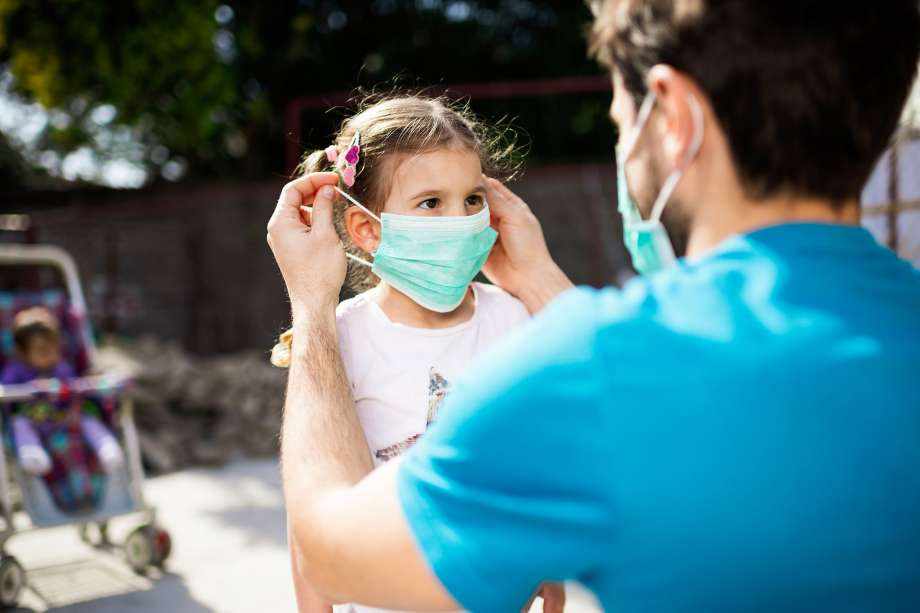



.jpg)

